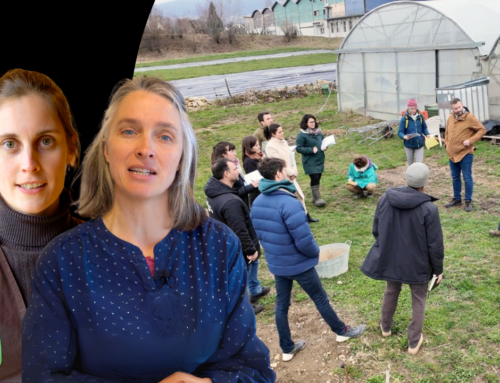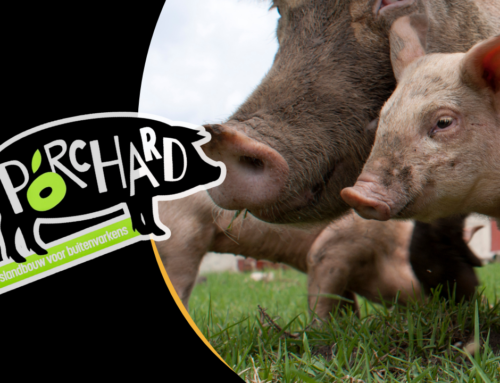In the Hungarian Puszta, grey cattle are grazing without fences in very large areas. Advisors had the idea to introduce an IT system that allows monitoring the movement of the cattle. This promising solution for free-range livestock management in natural pasture areas offers the following advantages:
- No need to travel.
- Information on animal health.
- Improved pasture management.
- Virtual fencing.
For i2connect, this project is an excellent example to illustrate the tasks of advisors as „innovation hub” in a project cycle which consists of: 1) Initiation phase, 2) Planning & development phase, 3) Realisation phase, and 4) Dissemination phase.
Important points during the Initiation phase are:
- Identify the needs: Translate from “what we want to achieve” towards “what we can achieve”.
- Build human & institutional networks: Select suitable partners, involve farmers!
- Search for funding.
During the Planning & development phase:
- Bring together the different expectations of all partners.
- Match them with the requirements of the funding source.
- Generate trust between partners.
In the Realisation phase:
- Follow the decisions taken at the planning and development phase, but stay flexible.
- Document and evaluate feedback from the field.
And in the Dissemination phase:
- Address relevant stakeholders by appropriate channels and content.
- Ensure that this step can also build sustainable collaborations in the future.
László Papócsi, farm advisory project coordinator at the Hungarian Research Institute of Organic Agriculture ÖMKi in Hungary concludes: “The key role of advisors in the innovation process is to develop and maintain a trustful network between all partners. However, building trust with farmers requires time, continuous service and results, as it relies more on strong informal and practical ties with the advisors.”
More information https://translate.google.com/translate?hl=en&sl=auto&tl=en&u=https%3A%2F%2Fwww.biokutatas.hu%2Fhu%2Fpage%2Fshow%2Fallattenyesztes

